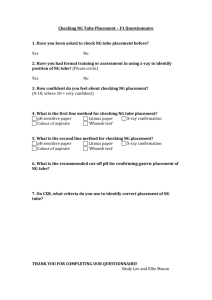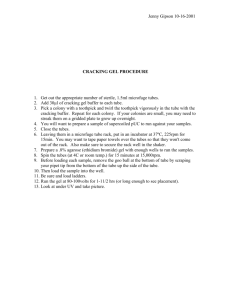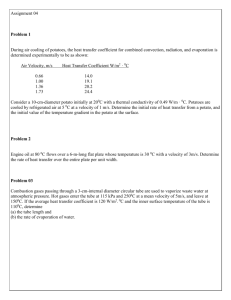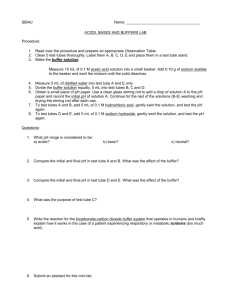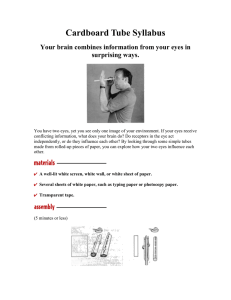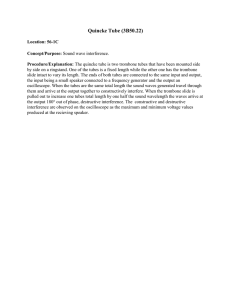NG tubes case study of identifying a target behaviour
advertisement
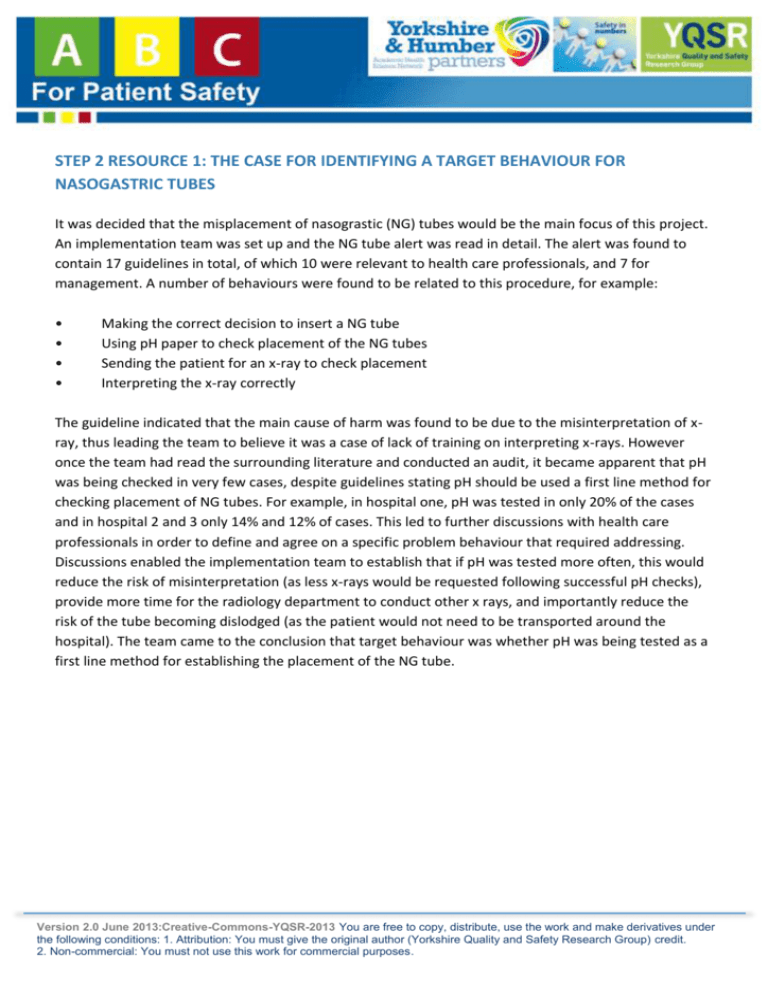
STEP 2 RESOURCE 1: THE CASE FOR IDENTIFYING A TARGET BEHAVIOUR FOR NASOGASTRIC TUBES It was decided that the misplacement of nasograstic (NG) tubes would be the main focus of this project. An implementation team was set up and the NG tube alert was read in detail. The alert was found to contain 17 guidelines in total, of which 10 were relevant to health care professionals, and 7 for management. A number of behaviours were found to be related to this procedure, for example: • • • • Making the correct decision to insert a NG tube Using pH paper to check placement of the NG tubes Sending the patient for an x-ray to check placement Interpreting the x-ray correctly The guideline indicated that the main cause of harm was found to be due to the misinterpretation of xray, thus leading the team to believe it was a case of lack of training on interpreting x-rays. However once the team had read the surrounding literature and conducted an audit, it became apparent that pH was being checked in very few cases, despite guidelines stating pH should be used a first line method for checking placement of NG tubes. For example, in hospital one, pH was tested in only 20% of the cases and in hospital 2 and 3 only 14% and 12% of cases. This led to further discussions with health care professionals in order to define and agree on a specific problem behaviour that required addressing. Discussions enabled the implementation team to establish that if pH was tested more often, this would reduce the risk of misinterpretation (as less x-rays would be requested following successful pH checks), provide more time for the radiology department to conduct other x rays, and importantly reduce the risk of the tube becoming dislodged (as the patient would not need to be transported around the hospital). The team came to the conclusion that target behaviour was whether pH was being tested as a first line method for establishing the placement of the NG tube. Version 2.0 June 2013:Creative-Commons-YQSR-2013 You are free to copy, distribute, use the work and make derivatives under the following conditions: 1. Attribution: You must give the original author (Yorkshire Quality and Safety Research Group) credit. 2. Non-commercial: You must not use this work for commercial purposes.

